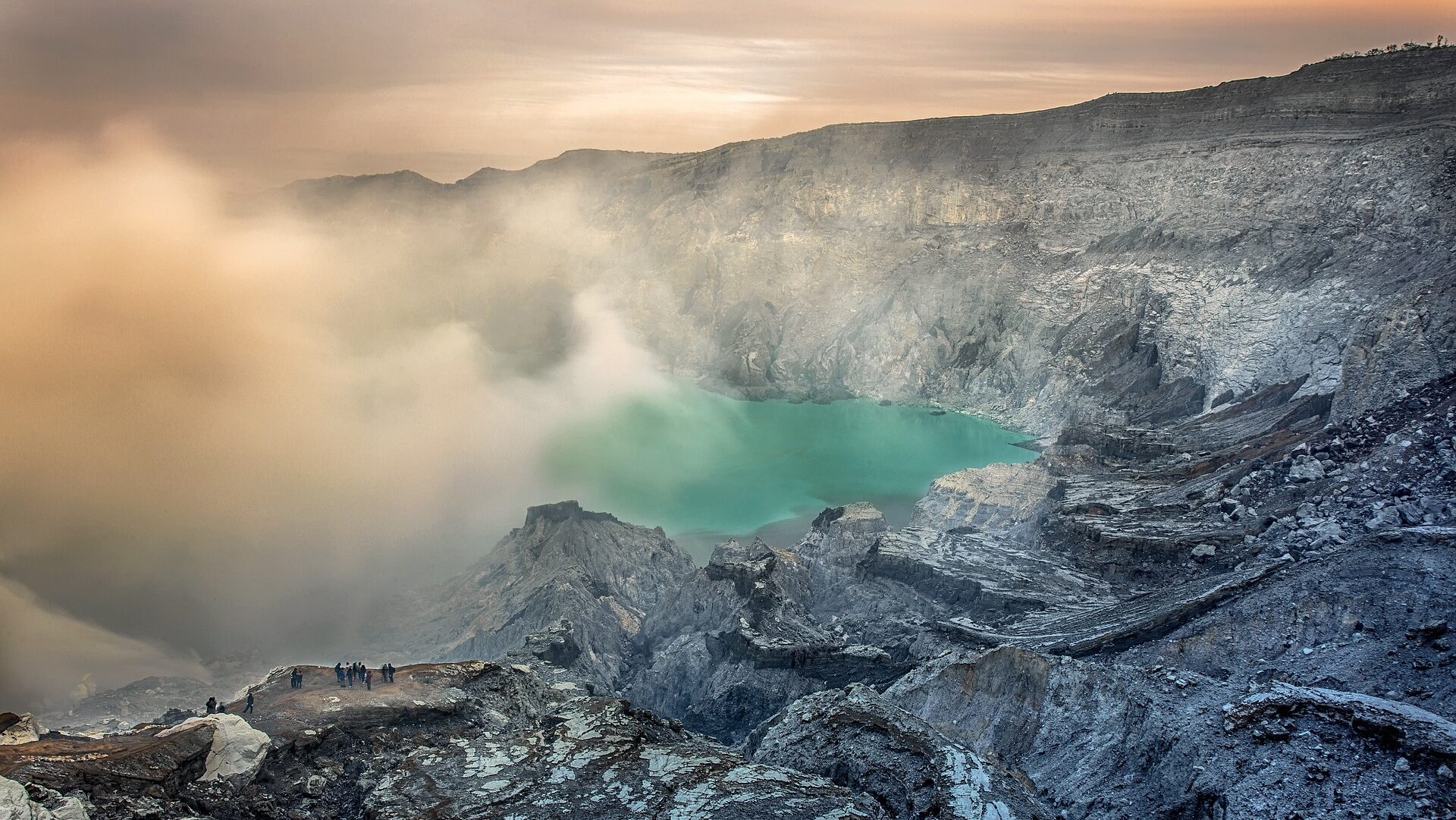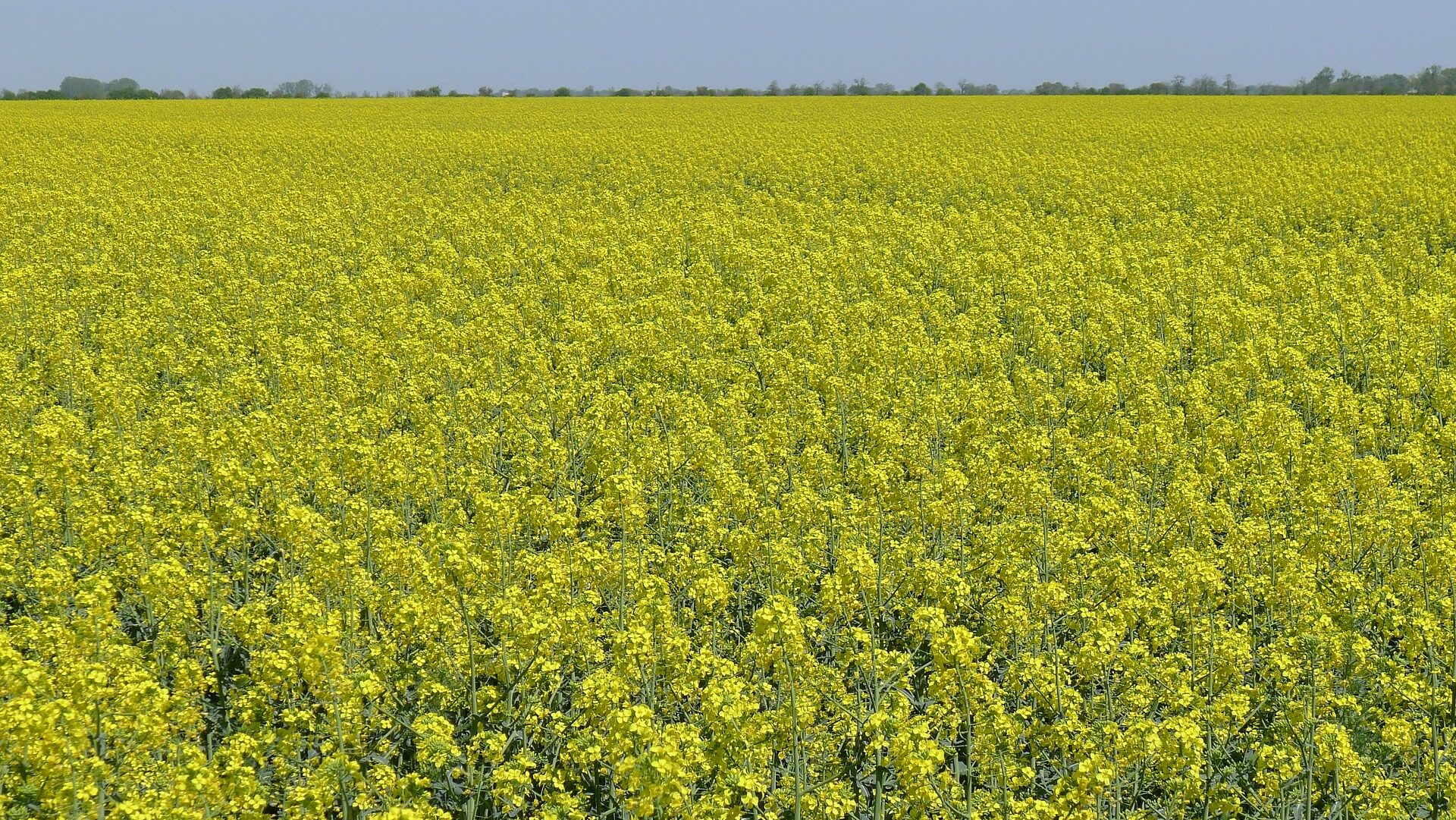Reading Time – 6 Minutes, Difficulty Level – 1/5
As far as the sciences go, geophysics is one of the newer ones, emerging during the 19th century when it was first used by a German geologist, Julius Froebel (Varga, 2009). What separates geophysics from the more well-known geology is that geophysics is the application of physics which can be used to study our Earth systems, our oceans, and even other planets. It not only uses physics, but other branches of science such as geology, oceanography, and environmental science (The Editors of Encyclopaedia, 2013).
Geophysical observations are key to understanding our Earth and how it works. The study can be divided into many sub-divisions, such as:
- Seismology – the study of seismic waves, which can be useful in studying and monitoring earthquakes, volcanic activity, and continental drift
- Geomagnetism – the study of the earth’s magnetic field, which been used to explore the earth’s interior and the links between the Earth and space
- Geodesy – the study of the earth’s gravitational field, which has led to research in the Earth’s shape, orientation, and has been vital in understanding how gravity works on Earth. This study has allowed us to study and measure changes in plate tectonics, sea level rises and falls, and glacier activity (Wheeler & Cheadle, 2014).

Biogeophysics, mineral geophysics, and exploration geophysics are also branches of geophysics, though the categories above cover the main focuses, and these studies generally fall under them (Balasubramanian, 2017).
These categories can help us in exploring more about the Earth we don’t know and allow us to understand how the Earth has been developing over time.
Several techniques, along with complex mathematical models, have been used to measure the Earth’s subsurface properties, along with changes and anomalies in those properties. These techniques have been utilized in many ways, such as assessing potential fossil fuel deposits, as well as geothermal and groundwater reservoirs (SEG Wiki, 2019). Studies such as seismic reflection may also aid in the search for suitable windfarm sites, and the maintenance of wind farms. The main techniques used are:
- Magnetic techniques – which can be used to locate magnetic anomalies
- Seismic tomography – used in locating and monitoring earthquakes
- Seismic refraction – used to map the earth’s subsurface using acoustic energy
- Electromagnetic techniques – detects changes in electrical properties of Earth materials
- Seismic reflection surveys – useful in oil and gas exploration
Geophysical surveys tend to be non-invasive, providing a subsurface structure, and can be used on land, in nearshore waters, as well as offshore waters (Bechtel, Bosch, & Gurk, 2007).
Land geophysics tends to be used in industries such as civil engineering for highways and bridges, for archaeological studies, and utility mapping (Wessex Archaeology, n.d.). Nearshore and offshore marine geophysical surveys tend to be used for not only offshore windfarms and energy, but also for port and harbour developments, flood management and shoreline reclamation studies, and environmental monitoring (Wessex Archaeology, n.d.).
The importance of geophysics can be understood further due to our current climate crisis. New and innovative ways to generate alternate fuel and energy sources have become more crucial now more than ever. And with the rising sea levels and increase in natural disasters, understanding how our planet works is becoming more critical every day.
References
- Balasubramanian, A. (2017). 150 BRANCHES OF GEOLOGY(EARTH SCIENCES). Mysore: University of Mysore.
- Bechtel, T., Bosch, F., & Gurk, M. (2007). Geophysical Methods. In Methods in Karst Hydrogeology (pp. 171-199). Taylor and Francis.
- Princeton University. (n.d.). Geophysics. Retrieved from The Department of Geosciences : https://geosciences.princeton.edu/research/geophysics
- SEG Wiki. (2019). Exploration Geophysics. Retrieved from SEG Wiki: https://wiki.seg.org/wiki/Exploration_geophysics
- The Editors of Encyclopaedia. (2013, 09 23). Geophysics. Retrieved from Britannica: https://www.britannica.com/science/geophysics
- Varga, P. (2009). Common roots of modern seismology and of earth tide research. A historical overview. Journal of Geodynamics, 241-246.
- Wessex Archaeology. (n.d.). Marine Geophysical Services. Retrieved from Wessex Archaeology: https://www.wessexarch.co.uk/archaeological-services/geophysical-survey-marine
- Wessex Archaeology. (n.d.). Terrestrial Geophysical Services. Retrieved from Wessex Archaeology: https://www.wessexarch.co.uk/archaeological-services/geophysical-survey-terrestrial
- Wheeler, J., & Cheadle, M. (2014). Geophysics. Reference Module in Earth Systems and Environmental Sciences.








